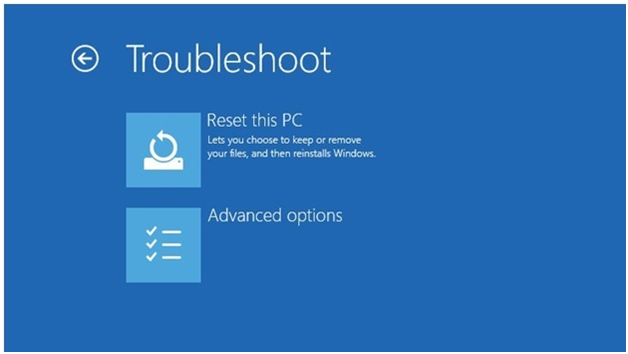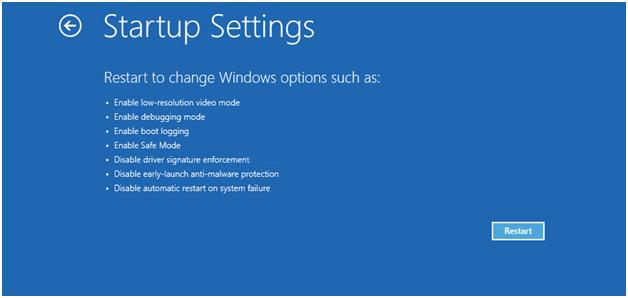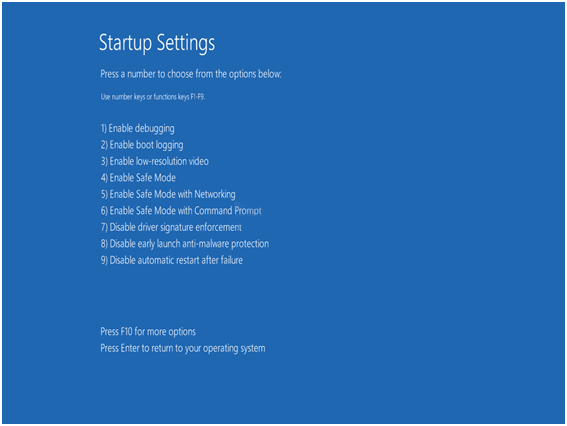How To Run My PC In Safe Mode, Safe Mode With Command Prompt Or Safe Mode With Networking?
How to run my PC in Safe Mode, Safe Mode with Command Prompt or Safe mode with networking? The first thing that comes to mind is, how can you get into the safe mode of your PC if the system is not booting normally? You find your computer stuck after a few minutes at start up. Many people ask me how to get into safe mode. Here I am going to show you how to access safe mode.

Safe mode allows you to run your computer windows with only basic drivers. While in this mode, you can perform diagnostic, fixes, and other tasks that you normally carry out. In case you are encountering problems in windows, changing into safe mode allows you to continue carrying out your tasks while still troubleshooting the problem. Safe mode is useful when you are trying to remove infections that load their programs on your computer rather than the normal desktop.
Safe Mode
Sometimes windows might look different while in safe mode because safe mode uses low graphics for display. You can also view the words safe mode display at the four corners of your PC.
In Windows 10, Microsoft has made it difficult to access safe mode in the bid to increase the boot speed of Windows 10. Rather than pressing F8 to open safe mode, you have to go over some steps to start up in safe mode. Here are the steps to follow to run your PC in safe mode.
- To easily access safe mode with a command prompt or with networking, you need to go through Windows 10 login screen. To gain access to the screen, you can either press Ctrl+Alt+Delete, log out, or reboot your computer. Once you get to the log in screen, press the shift key continuously on your keyboard. While still pressing the shift key, select the power button, and click restart.

- After restarting Windows 10, you will be redirected to choose an option screen, as seen below. Click on the Troubleshooting button to access the Troubleshoot options screen.

- Select the Advanced Options button and click on it as seen from the screen below.

- Select Start-up Settings and click on it. You will be redirected to the start-up settings screen.

- At the Start-up settings, click on the Restart button. You will be redirected to the screen, as shown below, which gives you many options where you will be required to select and specify how windows need to be started.

- To enable safe mode, click on F4. Safe made will allow windows to open with only basic drivers and services.
To enable the safe mode with networking, click on F5. This kind of safe mode allows windows to open while allowing you to access the network and the Internet. - To enable the safe mode with the command prompt, click on F6. This option IS mostly prefeed by IT professions because it starts windows with a command prompt.

- Windows 10 will now restart, and you will be allowed to log in using your password. Note that you cannot use your fingerprint or ID to log in.
- When you are through with troubleshooting, you can now exit safe mode and press the start button.
- When you want to get back to the normal mode, press Ctrl+Alt+Delete to get to the security screen and restart or shut down your PC using the power button.
We hope that with this article we have made your ordeal of going to safe mode in your Windows 10 PC easier and less hassle.
Summary: Run my PC in Safe Mode
- There are three types of Safe Mode: Safe Mode, Safe Mode with Networking and Safe Mode with Command Prompt.
- Shut down your PC.
- Turn on your PC and immediately press the F8 key repeatedly.
- On the Advanced Boot Options screen, use the arrow keys to highlight Safe Mode or Safe Mode with Networking, and then press Enter.
- If you have more than one operating system installed, a menu will appear. Use the arrow keys to select your operating system and press Enter.
- If a Windows Setup dialog box appears, click End Task.